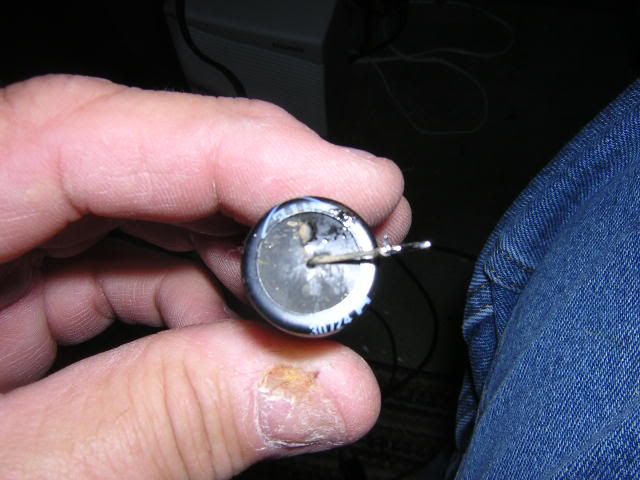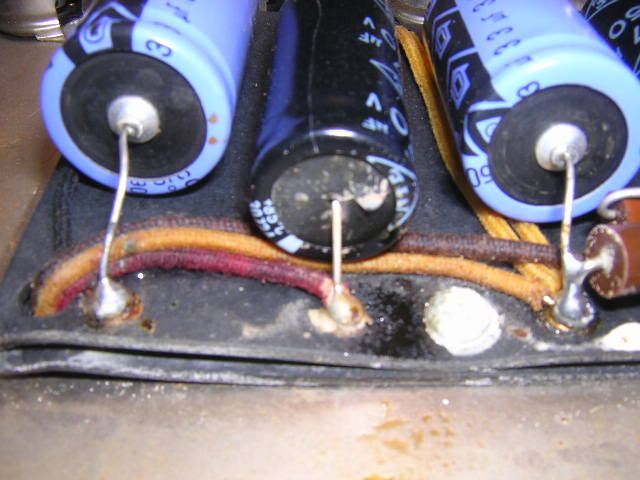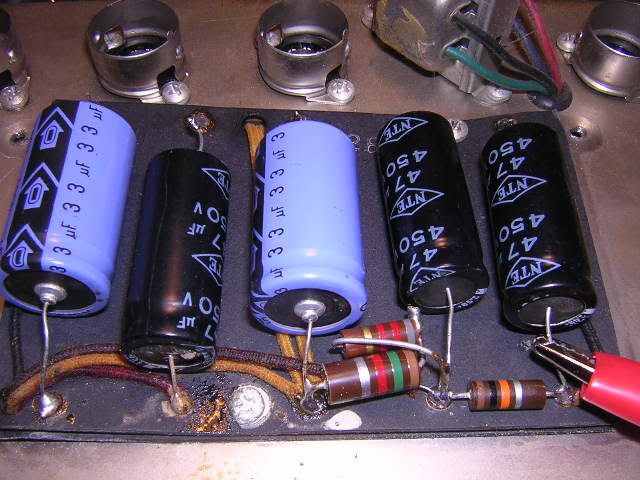Why not 5Y3s? I've got a couple DRs to work on, and I've got some lovely brown base military surplus 5Y3WGTs looking for a home.
I've read the stuff in the tube manuals about the capacitance limit on the input, but how much difference does that really make?


I've read the stuff in the tube manuals about the capacitance limit on the input, but how much difference does that really make?






Comment